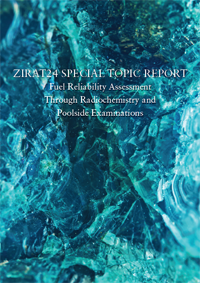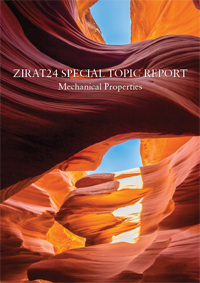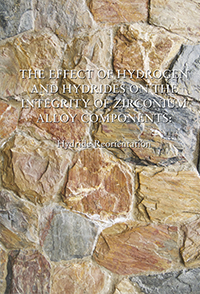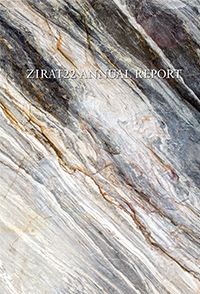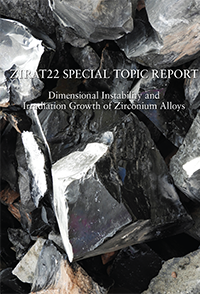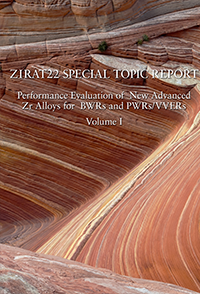INTERIM DRY STORAGE OF COMMERCIAL SPENT NUCLEAR FUEL
This Special Topic Report addresses the degradation mechanisms that could potentially affect the performance of spent fuel stored in a dry, inert environment for periods up to ~100 years. The focus of the review is on the spent nuclear fuel rods, and not on the storage system components such as the casks or the canisters and their internal hardware elements.



